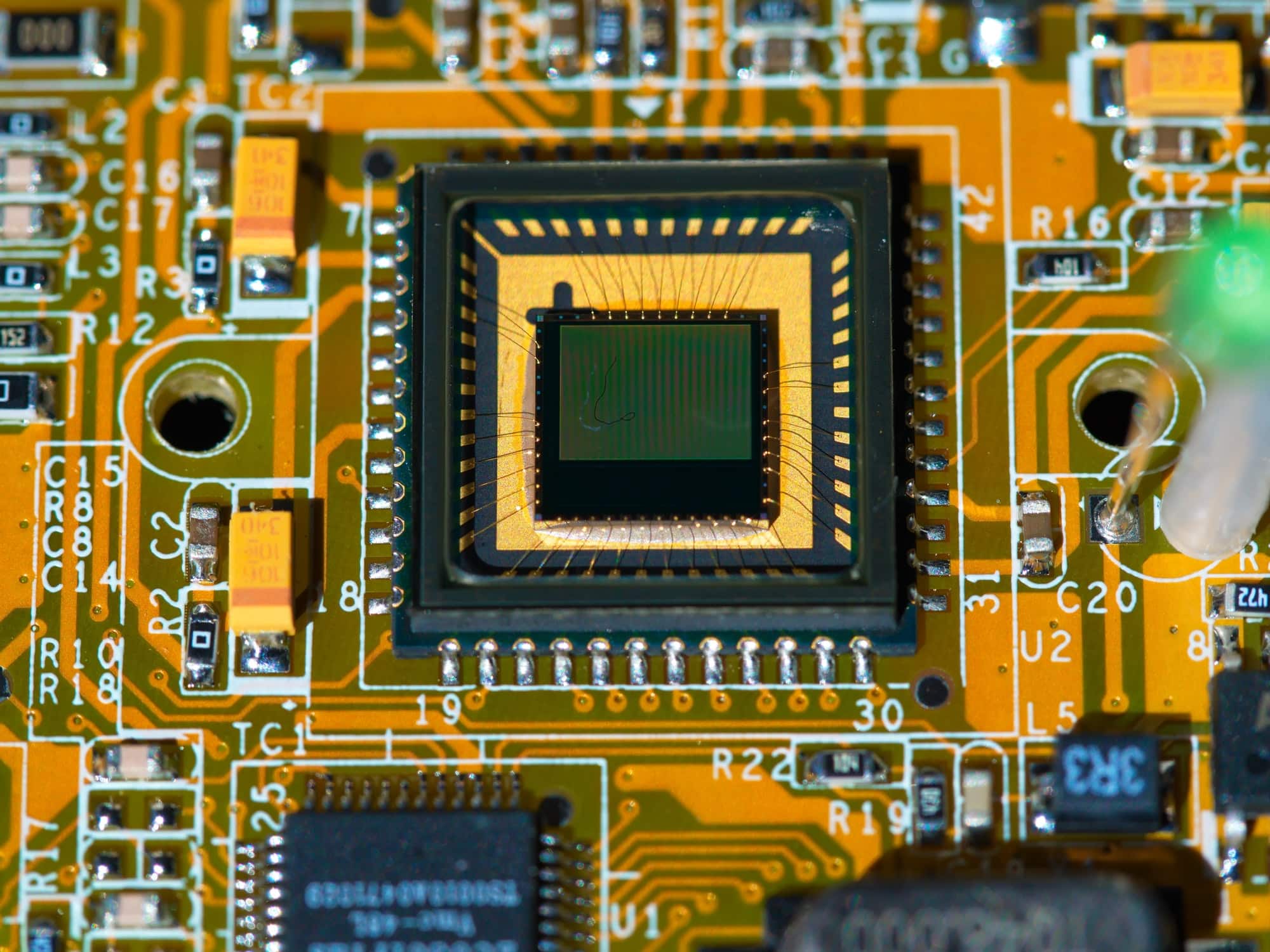In the world of healthcare and medical technology, the use of smart devices has become increasingly popular. You may have heard about wearable devices like fitness bands and smartwatches that monitor our health parameters. But have you ever imagined a plaster that is smart enough to monitor the condition of your wound? Yes, we are talking about ‘smart plasters’ with wireless sensors. This article aims to explore whether these innovative devices can detect infection in wounds.
What are Smart Plasters?
Before we delve into the potential of smart plasters in wound detection, it’s necessary to understand what they are. Smart plasters, also known as smart bandages, are wearable medical devices designed to monitor the status and progression of wounds. They usually come with wireless sensors that measure various parameters such as temperature, pH level, and moisture.
In the same genre : How Is AI Being Applied to Personalize Music Streaming Services?
The primary idea behind smart plasters is to replace the traditional method of wound healing assessment, which involves visual inspection and often requires the removal of the bandage. With smart plasters, healthcare professionals can obtain real-time data about the wound’s condition without disturbing it, which may accelerate the healing process and prevent complications like infection.
How do Smart Plasters Work?
You might be wondering how a plaster can possess such sophisticated features. But the answer lies in the sensor technology that’s embedded within the smart plaster. Typically, these sensors are made of a flexible, highly sensitive electrode that can detect changes in the wound environment.
In the same genre : Top 7 areas in which chatbots can support humans
One of the key parameters that smart plasters monitor is the wound’s temperature. Temperature is a crucial factor in wound healing because a rise in temperature could indicate infection or inflammation. Some smart plasters also come with pH sensors that measure the acidity or alkalinity of the wound. An increase in acidity could suggest bacterial growth, while a decrease might be associated with necrotic tissue.
The data from the sensors is then transmitted wirelessly to a mobile device or a computer for analysis. This way, healthcare professionals can monitor the wound’s progress remotely and intervene promptly if necessary.
The Role of Smart Plasters in Infection Detection
Infection is one of the most common complications associated with wounds, especially in chronic wounds like pressure ulcers, diabetic foot ulcers, and venous leg ulcers. If not detected and treated in time, an infection can delay wound healing, cause pain, and even lead to life-threatening conditions like sepsis.
That’s where smart plasters come into the picture. By continuously monitoring the wound’s temperature and pH level, smart plasters can provide early warning signs of an infection. For instance, a sudden increase in temperature or acidity could alert healthcare professionals to a brewing infection, allowing for immediate intervention.
The Potential Limitations and Future Prospects
Though smart plasters hold great promise, they are not without limitations. One major challenge is the need for robust and reliable sensor technology. The sensors must be highly sensitive and accurate to detect subtle changes in the wound environment. Moreover, they must be reliable enough to function in the challenging conditions of a wound, such as in the presence of blood, pus, or necrotic tissue.
Additionally, there are concerns about the cost of smart plasters. Given the sophisticated technology involved, they are likely to be more expensive than traditional bandages. This raises questions about their affordability and accessibility, especially in low-resource settings.
Despite these challenges, the future of smart plasters looks promising. With advances in sensor technology and the growing trend towards personalised medicine, smart plasters could become a standard tool in wound care. More research is needed to optimise their design, improve their accuracy, and bring down their cost. But with the potential benefits they offer, smart plasters are worth the investment.
As we continue to make strides in medical technology, it’s fascinating to ponder the possibilities that lie ahead. Smart plasters offer a glimpse into a future where healthcare is not just reactive but proactive, with devices that not only treat but predict and prevent health issues. One thing is clear: the era of smart healthcare is here, and it’s transforming the way we manage wounds.
In conclusion, while we are still in the early stages of research and development, smart plasters with wireless sensors hold immense potential in wound care. They may not only change how we monitor and manage wounds but also improve patient outcomes by providing timely detection and treatment of wound infections. With further research and refinement, these smart devices could revolutionise wound care, making it more efficient, effective, and patient-friendly.
Advancement in Technologies Integrated into Smart Plasters
The rise of smart plasters is underpinned by significant advancements in different technological domains. According to Google Scholar, a considerable amount of research is being dedicated to the development and optimisation of wearable sensors, which are core components of smart plasters.
The sensors used in smart plasters are typically electrochemical sensors that can measure various parameters of the wound environment, including temperature, pH level, and moisture. These sensors are designed to be highly sensitive and responsive, allowing for real-time wound monitoring.
For instance, some smart plasters are equipped with sensors that can detect changes in the concentration of uric acid, which is often associated with wound infection. When the concentration of uric acid increases, it could suggest that an infection is brewing, thereby triggering an alert to the healthcare professional.
Apart from sensors, smart plasters also incorporate wireless technology that enables the transmission of data from the wound site to a mobile device or computer. This feature allows for remote wound monitoring, making it possible for healthcare professionals to keep track of the wound status without being physically present.
Advancements in material science have also played a key role. The design of smart bandages needs to strike a balance between functionality and comfort. The materials used are expected to be not only functional but also flexible, breathable, and non-irritating to the skin. The goal is to create a smart bandage that can be worn for extended durations without causing discomfort or adverse reactions.
Smart Plasters: The Future of Wound Care
Given their potential benefits, smart plasters are projected to revolutionise the field of wound care. In contrast to traditional wound dressings, smart plasters provide continuous, real-time monitoring of wound status. This feature is particularly useful for managing chronic wounds, which require regular monitoring and care.
The ability of smart plasters to provide early detection of wound infection could significantly improve patient outcomes. Infections, if not treated promptly, can stall the wound healing process and cause serious complications. By alerting healthcare professionals to the early signs of infection, smart plasters could facilitate timely intervention and prevent the condition from worsening.
Furthermore, smart plasters could also lead to better patient compliance. Since they provide continuous monitoring and feedback, patients could feel more involved in their care and be motivated to adhere to their treatment plan. This aspect is particularly crucial in managing chronic wounds, where patient compliance plays a key role in successful wound healing.
In conclusion, smart plasters with wireless sensors represent a major breakthrough in wound care. While they are still at an early stage of development, their potential to transform wound management is undeniable. With further research and development, these smart devices could become a standard tool in wound care, making wound management more efficient, proactive, and patient-friendly. It is an exciting time in the realm of healthcare with smart plasters paving the way for a future where proactive wound care is the norm.











